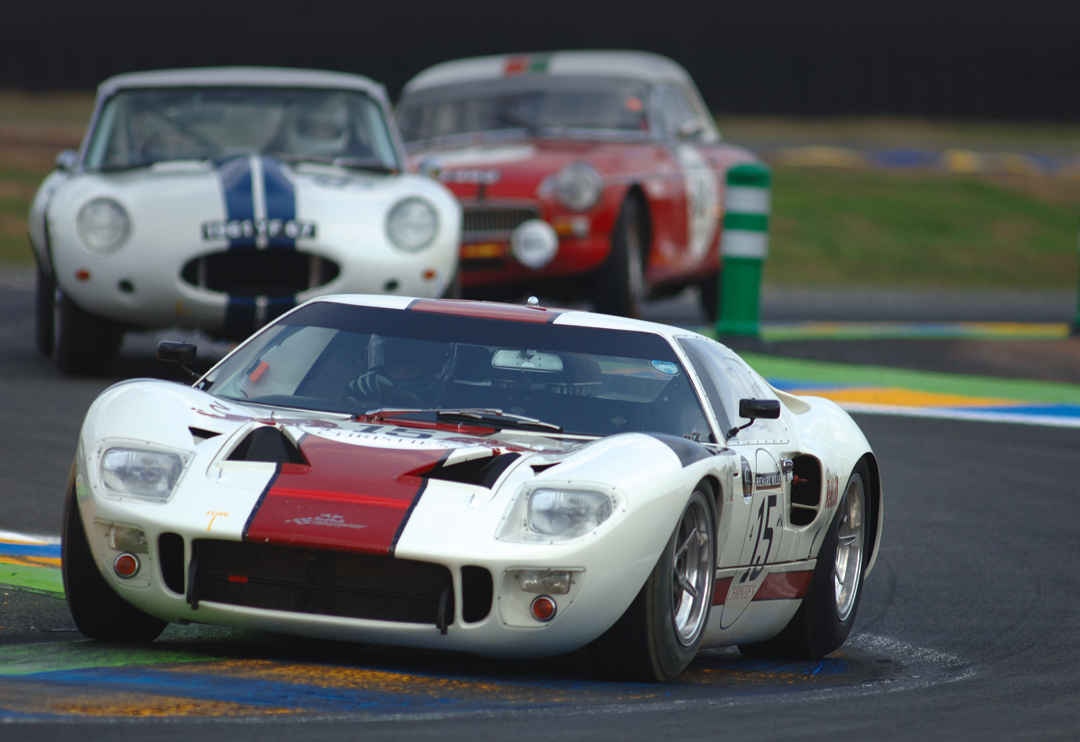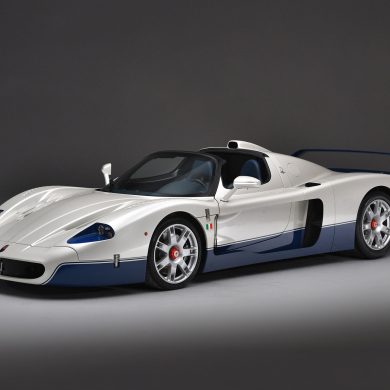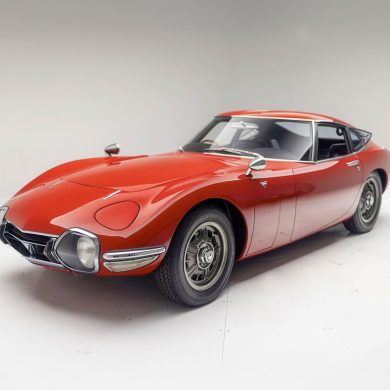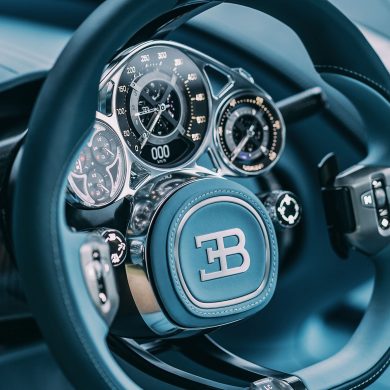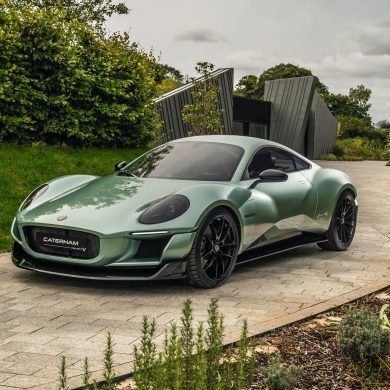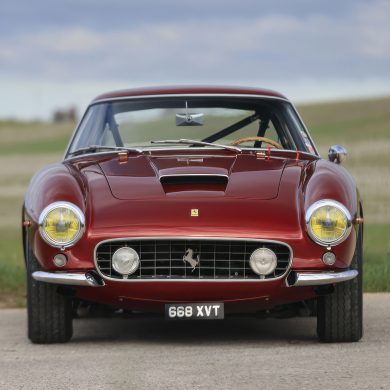The Le Mans Classic is now one of the most difficult historic motor racing events to obtain an entry for. The 2006 meeting was well oversubscribed and all of the six “plateaus” were full, a very healthy sign for serious historic racing.
The Patrick Peter Organization again did the impossible in running the third historic 24 Hours at Le Mans, a task of an enormous complexity. There were six groups of cars and drivers representing everything from the beginning of Le Mans until 1979, each group having three races lasting 45 minutes each. That is a total of over 13 hours of racing, and with more than 400 cars, there were some 1,000 drivers. Some cars had three drivers, while a few had only one, and a number of drivers were taking part in several groups. Awards were based on individual race position, index of performance, team performance and general classification in the group and overall classification.
The extension of the dates of cars until 1979 brought in a batch of very impressive Ferrari 512 BB LMs, other more recent Ferraris, and BMW M1s. There were very significant speed differentials in Group 6 for the latest cars, but even some of the pre-war cars were 70 mph faster than others in the same group. There were relatively few serious encounters as a result. In spite of this, some of the more experienced drivers were having the bigger problems. F1 designer Adrian Newey had a huge crash at the start of his last race in his Ford GT40, seriously damaging it but not himself.
Dry weather for most of the weekend made driving slightly easier, though a number of cars had problems with overheating, and the circuit was often slippery as older cars deposited oil on the track. The prewar Plateau 1 was won by Richard Pilkington’s Talbot T26 SS, essentially a Grand Prix car, which won its three races though it was pushed the entire time by Gareth Burnett in John Ruston’s Talbot 105. Andy Bell and Michael Dee in a 2-liter Speed Model Aston Martin were a fine 3rd. Plateau 2 for early 1950 sports cars was the domain of Craig Davis and Rick Hall in an ex-Portago Ferrari Monza, while Plateau 3 catered to later 1950s machines. Shaun Lynn won the group in a Lister Jaguar after a close fight with Phillip Walker in his Lotus 15. Plateau 4 went to Ray Bellm’s always-quick GT40 over Ludovic Caron’s Cobra and Shaun Lynn and Sir John Whitmore in another GT40. Whitmore was among several stars on hand to celebrate a reenactment of the finish of the 1966 race when three GT40s crossed the line together.
VRJ European Editor Ed McDonough made his Le Mans debut with Gareth Burnett and Luke Stevens in a 1968 Chevron B8-BMW. The pair finished 13th overall after the second race when a loose plug lead caused an extra pit stop, but Burnett’s superb driving brought the team up to 4th in the final race behind the Porsche 917 of Luco/Guinand, the Thuner/Nahum Lola T-70 and Nicolas Minassian’s Ligier-Cosworth. This meant the team finished 6th overall in the general classification behind the Ligier, Porsche 917, a T-70, a Chevron B-16 and a B-8. The Plateau 6 class for recent cars went to the BMW 3.0 CSL of Nick Whale/Ian Guest after a number of the exotic and faster prototypes had reliability problems.


